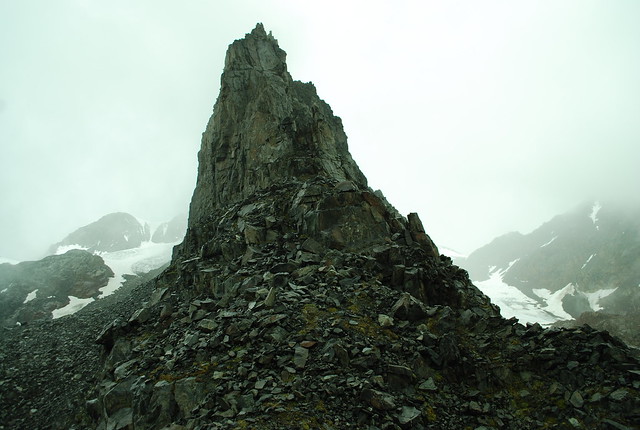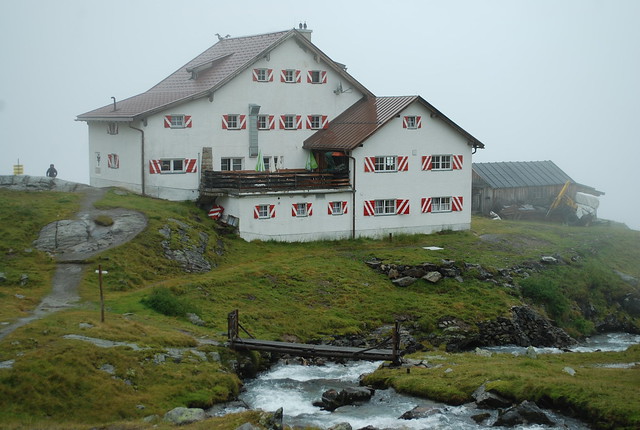With the new year just around the corner, it’s the perfect time to celebrate worker victories of 2014. At In These Times, reporter Amien Essif gathered a list of the nine most important victories of 2014, writing:
Much has been made of the incredibly hostile climate for labor over the past few decades. Yet this past year, workers still organized on shop floors, went out on strike, marched in the street and shuffled into courthouses to hold their employers accountable, and campaigned hard for those who earned (or, often enough, didn’t earn) their vote. Legislators, meanwhile, tarried on with their anti-worker “right-to-work” laws, and union busters busted up unions. But if state legislatures and the U.S. Supreme Court were harsh on workers, the National Labor Relations Board (NLRB) was refreshingly helpful, passing down several rulings that made organizing easier and wage-theft harder.
Among Essif’s top nine were the nationwide protests organized by fast food workers, which “have brought international attention to the plight of low-wage workers in this country and around the world.” Other victories highlighted include the more than 18,000 workers with American, Virgin and JetBlue airlines who voted to join unions; the passage of San Francisco’s Retail Workers Bill of Rights; court rulings that found that FedEx misclassified employees as independent contractors; and the historic union drive among college athletes at Northwestern University in Illinois.
To read the full list and get inspired to kick off a new year of worker victories, visit In These Times.
In other news:
Charleston Gazette : The nation’s coal mines are on track to report record lows in work-related deaths, writes reporter Dylan Lovan. According to Lovan, federal mine safety officials attribute the good news to changes made in the wake of the 2010 Upper Big Branch disaster in West Virginia, in which 29 miners were killed in an explosion. (Don Blankenship, former CEO of Massey Energy, which owned the mine, was recently indicted on charges that he conspired to violate safety and health standards.) As of about a week ago, 15 coal mining-related deaths happened in 2014; the previous low mark was 18 deaths in 2009. However, Lovan writes that the “improved record has coincided with a plummet in coal production in Appalachia, leaving far fewer mines operating in a region where many of the worst violators have historically been found. Eight of the coal deaths this year have been in Appalachian mines.”
Los Angeles Times : Reporter Amy Hubbard writes that police deaths surged in 2014, with 126 officers killed nationwide while on duty. The number represents a 24 percent increase over 2013. California leads the country in law enforcement deaths, with Texas coming in second, Hubbard writes. However, the article notes that the 2014 toll is less than the average for the last decade, which comes to about 151 deaths per year.
Huffington Post: Fast food company Shake Shack released financial numbers showing that the industry can make money even while paying employees livable wages. Reporter Jillian Berman writes that the company is going public and recently filed the necessary paperwork with the Securities and Exchange Commission showing that Shake Shack is experiencing “blockbuster growth in recent years, even as it pledged to keep paying its workers better than the industry standard.” Shake Shack employees start off at $10 an hour, which is nearly $3 more than the federal minimum wage of $7.25. However, the company is still reporting a mighty profit, Berman reports, with sales growing from $21 million in 2010 to $140 million in 2013. In related Huffington Post news, minimum wage workers in 20 states will get raises in the new year.
Miami Herald : Publix, a major grocery store chain throughout the South, has announced that same-sex couples who are legally married will be eligible for spousal insurance benefits regardless of whether they work in a state where gay marriage has yet to be legalized. Reporter Steve Rothaus writes that the “grocer said that there will be a special 30-day enrollment period for same-sex married employees beginning Jan. 1. Thirty days later, same-sex spouses will receive the same insurance benefits as opposite-sex spouses.” The Florida-based grocery chain owns nearly 2,000 stores in Alabama, Florida, Georgia, North Carolina and Tennessee.
The Atlantic : The publication’s business editors break down the 17 top lessons Americans learned about income inequality in 2014. Among the list: High income inequality is associated with stunted overall economic growth; the middle class is shrinking, with American households becoming more concentrated at the top and bottom of the earnings spectrum; and while service sector jobs are leading the recession recovery, low pay and erratic scheduling practices mean workers are still struggling to meet their most basic needs.
Kim Krisberg is a freelance public health writer living in Austin, Texas, and has been writing about public health for more than a decade.
from ScienceBlogs http://scienceblogs.com/thepumphandle/2014/12/30/occupational-health-news-roundup-187/
With the new year just around the corner, it’s the perfect time to celebrate worker victories of 2014. At In These Times, reporter Amien Essif gathered a list of the nine most important victories of 2014, writing:
Much has been made of the incredibly hostile climate for labor over the past few decades. Yet this past year, workers still organized on shop floors, went out on strike, marched in the street and shuffled into courthouses to hold their employers accountable, and campaigned hard for those who earned (or, often enough, didn’t earn) their vote. Legislators, meanwhile, tarried on with their anti-worker “right-to-work” laws, and union busters busted up unions. But if state legislatures and the U.S. Supreme Court were harsh on workers, the National Labor Relations Board (NLRB) was refreshingly helpful, passing down several rulings that made organizing easier and wage-theft harder.
Among Essif’s top nine were the nationwide protests organized by fast food workers, which “have brought international attention to the plight of low-wage workers in this country and around the world.” Other victories highlighted include the more than 18,000 workers with American, Virgin and JetBlue airlines who voted to join unions; the passage of San Francisco’s Retail Workers Bill of Rights; court rulings that found that FedEx misclassified employees as independent contractors; and the historic union drive among college athletes at Northwestern University in Illinois.
To read the full list and get inspired to kick off a new year of worker victories, visit In These Times.
In other news:
Charleston Gazette : The nation’s coal mines are on track to report record lows in work-related deaths, writes reporter Dylan Lovan. According to Lovan, federal mine safety officials attribute the good news to changes made in the wake of the 2010 Upper Big Branch disaster in West Virginia, in which 29 miners were killed in an explosion. (Don Blankenship, former CEO of Massey Energy, which owned the mine, was recently indicted on charges that he conspired to violate safety and health standards.) As of about a week ago, 15 coal mining-related deaths happened in 2014; the previous low mark was 18 deaths in 2009. However, Lovan writes that the “improved record has coincided with a plummet in coal production in Appalachia, leaving far fewer mines operating in a region where many of the worst violators have historically been found. Eight of the coal deaths this year have been in Appalachian mines.”
Los Angeles Times : Reporter Amy Hubbard writes that police deaths surged in 2014, with 126 officers killed nationwide while on duty. The number represents a 24 percent increase over 2013. California leads the country in law enforcement deaths, with Texas coming in second, Hubbard writes. However, the article notes that the 2014 toll is less than the average for the last decade, which comes to about 151 deaths per year.
Huffington Post: Fast food company Shake Shack released financial numbers showing that the industry can make money even while paying employees livable wages. Reporter Jillian Berman writes that the company is going public and recently filed the necessary paperwork with the Securities and Exchange Commission showing that Shake Shack is experiencing “blockbuster growth in recent years, even as it pledged to keep paying its workers better than the industry standard.” Shake Shack employees start off at $10 an hour, which is nearly $3 more than the federal minimum wage of $7.25. However, the company is still reporting a mighty profit, Berman reports, with sales growing from $21 million in 2010 to $140 million in 2013. In related Huffington Post news, minimum wage workers in 20 states will get raises in the new year.
Miami Herald : Publix, a major grocery store chain throughout the South, has announced that same-sex couples who are legally married will be eligible for spousal insurance benefits regardless of whether they work in a state where gay marriage has yet to be legalized. Reporter Steve Rothaus writes that the “grocer said that there will be a special 30-day enrollment period for same-sex married employees beginning Jan. 1. Thirty days later, same-sex spouses will receive the same insurance benefits as opposite-sex spouses.” The Florida-based grocery chain owns nearly 2,000 stores in Alabama, Florida, Georgia, North Carolina and Tennessee.
The Atlantic : The publication’s business editors break down the 17 top lessons Americans learned about income inequality in 2014. Among the list: High income inequality is associated with stunted overall economic growth; the middle class is shrinking, with American households becoming more concentrated at the top and bottom of the earnings spectrum; and while service sector jobs are leading the recession recovery, low pay and erratic scheduling practices mean workers are still struggling to meet their most basic needs.
Kim Krisberg is a freelance public health writer living in Austin, Texas, and has been writing about public health for more than a decade.
from ScienceBlogs http://scienceblogs.com/thepumphandle/2014/12/30/occupational-health-news-roundup-187/










